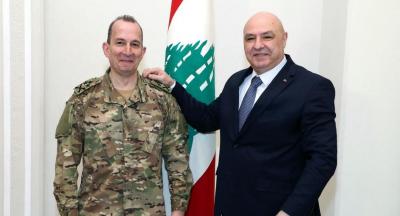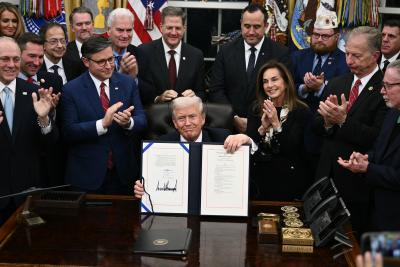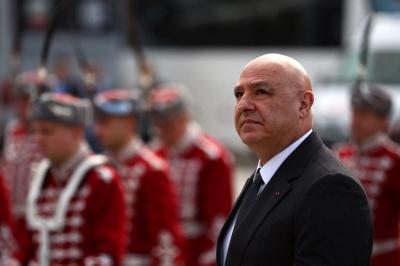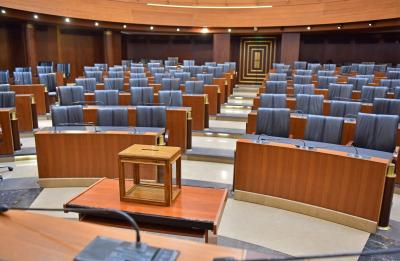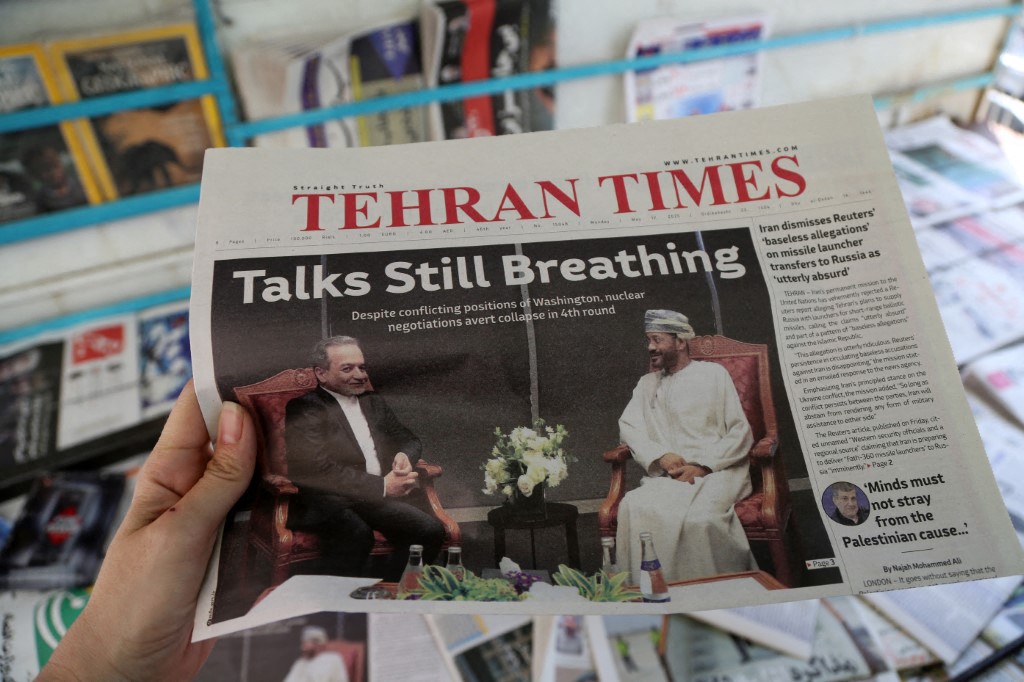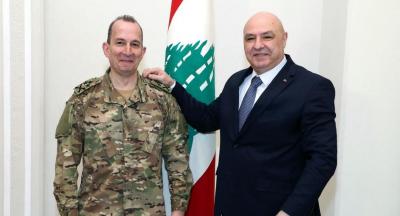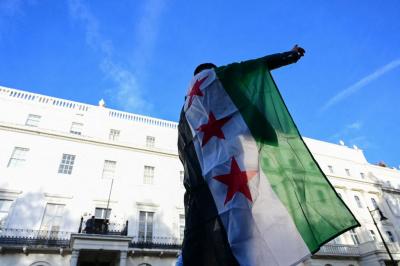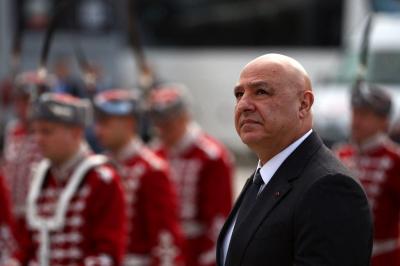Amid escalating tensions on both regional and international fronts, the United States and Iran appear to be walking on a tightrope — each aware that war is no longer a predictable or contained option. The fifth round of nuclear talks began on May 23 in Rome, revealing both sides’ interest in buying time through a temporary — even partial — solution, as a way to avoid a potentially devastating explosion across the region.
Iranian Foreign Minister Abbas Araghchi described the latest round as “the most professional,” stating that the time has come to make the right decision to resolve the impasse. He pointed to noticeable progress in the U.S. understanding of Iran’s position, largely thanks to mediation led by Oman’s foreign minister.
Still, the core disagreement remains unresolved: Does Iran have the right to enrich uranium on its own soil?
President Donald Trump is reluctant to initiate new military campaigns in the Middle East. The painful lessons of Afghanistan, the limited results in Iraq, and the Yemeni missile attacks that hastened a ceasefire with the Houthis have all contributed to Washington's growing caution toward any military option against Iran.
For its part, Iran knows that military action may not fully eliminate its nuclear capabilities, but it could deliver a serious blow to the regime's infrastructure, potentially triggering internal unrest that threatens its political and economic stability.
Given the immense economic pressure it faces, Tehran sees avoiding military confrontation, particularly with the U.S., as being in its best interest.
Timing is another critical factor. On October 18, 2025, the “snapback” mechanism expires — a clause that allows the U.S. to unilaterally reimpose sanctions on Iran. Despite global opposition to this mechanism, the date looms large as a turning point between renewed sanctions and a possible settlement.
Iran is bracing for this possibility, threatening to withdraw from the Nuclear Non-Proliferation Treaty (NPT) — a dangerous symbolic move that would place Tehran outside the bounds of international legal frameworks, and likely heighten the risk of military action from either Washington or Tel Aviv.
In this context, a temporary agreement is emerging as a practical way to buy time. The current proposals include Iran reducing its uranium enrichment levels to below 20% in exchange for limited sanctions relief, or the unfreezing of some of Iran’s overseas assets, such as those held in South Korea and Iraq.
Such a deal would allow Washington to demonstrate diplomatic progress and contain the Iranian threat without making major concessions. For Iran, it would alleviate some economic pressure while also showcasing its ability to shape the rules of engagement.
However, a looming danger remains: Israel’s outright rejection of allowing Iran’s nuclear infrastructure to remain intact, even under a temporary agreement. Tel Aviv fears Iran could quickly resume high-level enrichment if the deal were to collapse.
In response to any Israeli strike, Iran’s Revolutionary Guard has vowed a “decisive and devastating” retaliation. Intelligence sources have also hinted at the possible transfer of Iranian nuclear materials to secret locations — a move designed to prevent Israel or the U.S. from achieving any decisive military outcome.
With the door to a comprehensive deal seemingly shut, and diplomatic options narrowing, Washington and Tehran appear to be inching toward a temporary agreement — a way to "manage" the crisis, not resolve it.
This option remains fragile. The talks are unfolding over a minefield, with no serious guarantees to prevent the very explosion all parties claim to fear.
Please post your comments on:
[email protected]
 Politics
Politics
